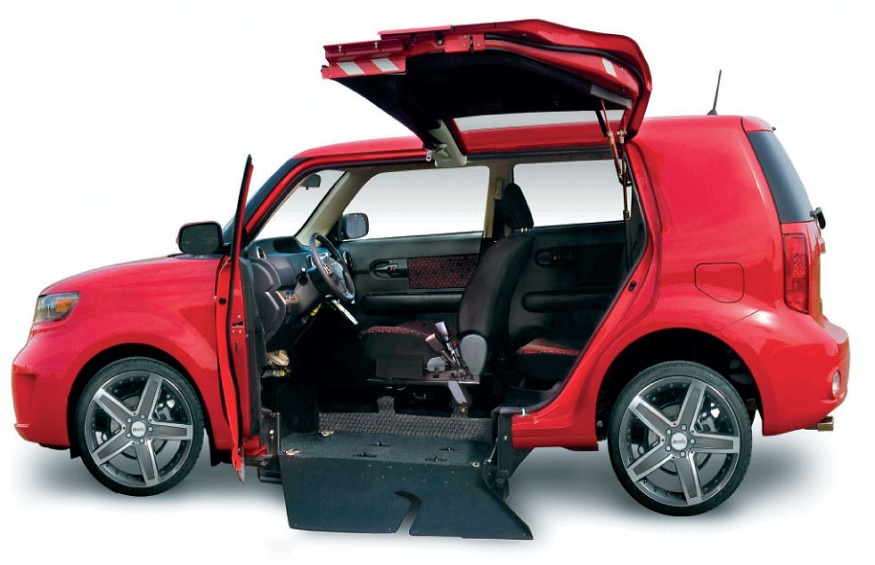For more than 11 years now, we have been delivering cars and minibuses adapted for the transport of people with reduced mobility every day. If the general functioning of the development is often very easy to understand, we rather insist on the safety side which seems essential to us. Very recent news in the North reminds us that a car transporting a person in a wheelchair is subject to the same risks of accidents as a conventional car, and therefore that the passengers must all be properly secured. Yet there is a strong and stubborn belief, the origin of which we do not know, which is that the tie-down straps of a wheelchair must be crossed. This is wrong, and we tell you why
A very clear European directive on the subject
Little reminder. To transport a person in a wheelchair in a car, you must first secure the wheelchair with 4 straps (two at the front, two at the rear) and secure the passenger on their wheelchair using an approved seat belt. So far, there is nothing very complicated, it is still necessary to position all these elements well.
We cannot repeat it enough, the tie-down hooks must be positioned on the structure of a manual wheelchair, or on the hooks provided for this purpose on an electric wheelchair. Hanging a wheelchair by a removable element (wheel, footrest, armrest) would mean not hanging it at all, these elements are not at all designed to resist in the event of an impact. Remember also that vehicle users are required to check that the wheelchair is approved for transport by car
So why is it forbidden to cross the lashing straps, when this can save space?
Because the strap lashing system, to be efficient, must work in the direction of the force in the event of braking or an accident. To ensure optimum safety conditions, the installation of the restraint system of a wheelchair must comply with the requirements of Annex XI appendix 3 of directive 2007/46 / EC and the requirements of the ISO standard. 10542.
This ISO-10542 standard clearly specifies the angles recommended for the rear straps and the location of the anchoring points of the immobilization device:
4.2.2 Lashing with four-point straps
4.2.2.1 Four-point strap securement devices shall be designed to provide effective securing and tension with a variety of wheelchair types and sizes while respecting the angles shown in Figures 3 and 4, allowing adjusting the length of the straps, adjusting the vehicle’s anchor points, or both.
NOTE Figure I.1 shows the attachment point areas of wheelchairs ensuring the effectiveness of a four-point restraint system.
4.2.2.2 All end fasteners of the four-point tiedowns shall effectively engage with the fastening points specified in Figure E.4 and function accordingly during the performance tests of Clause

